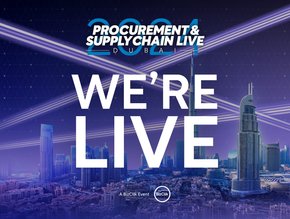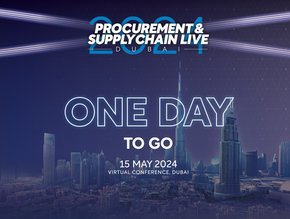Certa: The Digitisation of the Vendor Onboarding Process

Vendor onboarding used to be simple. Well, simpler, at least. It used to be as simple as exchanging tax and banking information. Where should we send the money? and that’s about it.
Today, onboarding has evolved. When businesses started sharing data, the need for data privacy to be kept called for information security checks. Industry-specific regulations have popped up over the years, everything from OCC 2013-29 for the finance world and HIPAA in the healthcare industry. Business continuity concerns proliferated as organisations and their supply chains grew; the possibility for disruption, like we’ve seen during Covid, has to be taken into account at the point of onboarding. And most recently, ESG (environmental, social, and governance) initiatives and regulations necessitate a thorough review of, and accounting for, all vendors a company works with. Each of these areas involves a sign-off by stakeholders within the organisation for every onboarded vendor (e.g. Compliance, InfoSec, Legal).
If all that wasn’t enough, as vendor bases become increasingly global, each country’s unique set of regulations in all the above categories has to be accounted for.
Onboarding Today
That’s what we’re up against as procurement professionals. What used to be a simple form and a couple of input fields is now a multi-departmental, international, 360-degree process that probably uses enough brainpower across everyone involved to light a football stadium. While it makes sense why all of these checks and stipulations exist, logistically they cause major speedbumps. As a result, we’ve seen a number of negative side effects of this new way of doing business:
- Delays: On average, it can take up to six months for an enterprise to onboard a new vendor.
- Inefficiencies: What used to be done with a single ask-and-reply conversation now needs a large regional team to complete.
- Inconsistent risk management: These manual processes across multiple systems are prone to human error. It’s bad enough when a mistake snarls a whole multifaceted process, but it’s a whole other pain point when that mistake leads to regulatory fines and cumbersome, even embarrassing audits.
- An opaque process: Because so many individuals, departments, and perhaps even countries or languages are involved in a single onboarding, requesters often have no idea how far along in the process they are, and also can’t help address any bottlenecks.
Addressing an inefficient system
Some organisations have thousands or even tens of thousands of vendors. Handling onboarding manually requires such a massive investment in personnel and effort (not to mention incurring the risks of human error) that it was only a matter of time before the tech world took a swing at solving this pain point. Automation and lifecycle management tools have proven to be effective in helping organisations digitise their vendor onboarding and management process, avoiding bottlenecks and speeding up cycle times.
Additionally, procurement professionals are facing increasing demands from their executives. Stakeholders from all angles are demanding greater transparency around the issues discussed above (data privacy, security, compliance, etc.), and the responsibility ultimately falls on the procurement team to provide data evidence. A manual process makes it exceedingly difficult to track and manage the lifecycle of a vendor relationship in a way that can be made visible to stakeholders.
Procurement teams are having success with lifecycle management systems, particularly those utilising automation features, by prioritising the following:
- Central control of key risks, through a single point of entry for all suppliers. This helps organisations keep control over all regulatory requirements, and enact a base standard for all suppliers.
- Localisation features ensure that the system accounts for local languages and regulations no matter where vendors are located, and keep full visibility despite what might otherwise be barriers.
- A master system to automate and orchestrate all groups and systems, with both parallel and sequential approval flows
- Integration with review teams like legal and contract management to cover risks while keeping things moving
These types of systems also greatly ease the burden on the supplier side. Information requests can be based on risk (so there’s no need to conduct a full, lengthy compliance screening of your local facilities vendor), and all publicly available information can be pulled automatically, saving time. Information requested can be presented in a single centralised checklist, rather than piecemeal via emails where crucial steps fall through the cracks. These systems usually also allow for the delegation at the supplier level, so the salesperson doesn’t have to be in charge of rounding up and reporting all the requested information–if they need some data on ESG commitments, they can assign it to the person heading those up.
Procuring some time back into the schedule
The results of these systems implemented in large procurement teams have been promising. A reduction in cycle time of up to 99% and a 45% reduction in costs—combined with easier consistent risk mitigation and the visibility needed for easy audits—has been realised at a number of organisations.
Organisations are wisely unwilling to risk their reputation by cutting corners when it comes to compliance. Their stakeholders, in addition to visibility, also demand efficiency; it’s hard to plan projects efficiently when a company can’t get a consistent schedule for completing onboarding processes.
With corporate priorities shifting to demand greater overall visibility, it’s never been more imperative to have systems in place that allow procurement teams to manage vendors, partners, and suppliers. And if you look around, you’ll notice it’s already happening.






